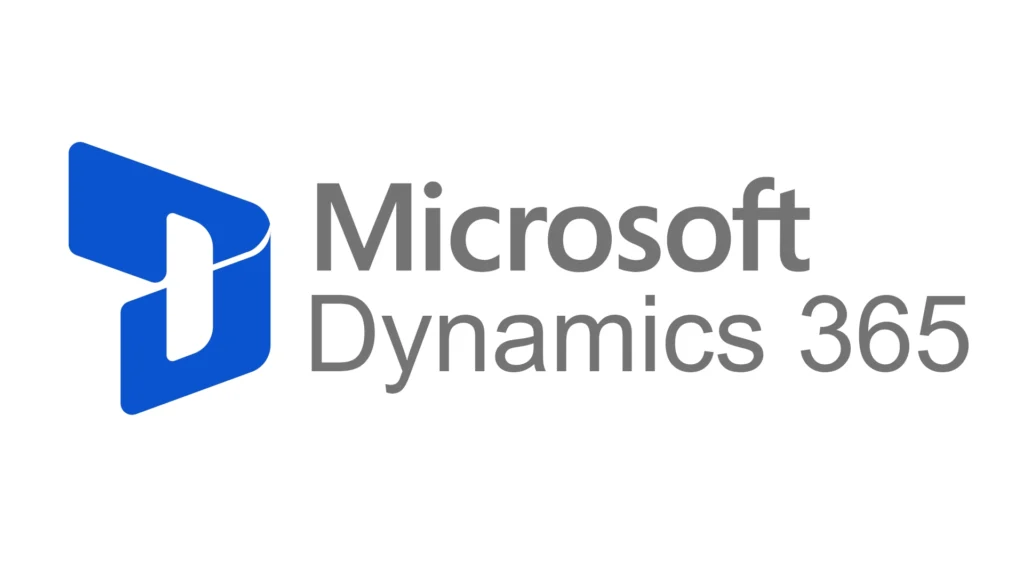Laser diodes, also known as semiconductor lasers, are pivotal devices in today’s technological landscape. From everyday electronics to advanced industrial applications, laser diodes are at the heart of numerous innovations. In this article, we will explore what laser diodes are, their working principle, types, applications, and benefits.
What is a Laser Diode?
A laser diode is a compact, semiconductor-based device that emits coherent light when an electrical current passes through it. The term “laser” stands for “Light Amplification by Stimulated Emission of Radiation.” Unlike traditional light sources, laser diodes produce highly focused and monochromatic beams of light, making them ideal for precision tasks.
How Does a Laser Diode Work?
The working principle of a laser diode revolves around the phenomenon of stimulated emission. When electrical energy is applied, electrons in the semiconductor material are excited to higher energy levels. As these electrons return to their original state, they release photons. The structure of the diode ensures that these photons are amplified and emitted as a concentrated beam of light.
Key Components of a Laser Diode:
- P-N Junction: The core semiconductor region where light generation occurs.
- Cavity Resonator: Reflective surfaces that amplify light through multiple internal reflections.
- Output Aperture: The opening from which the laser beam is emitted.
Types of Laser Diodes
Laser diodes come in various types, each suited for specific applications. The most common types include:
- Single-Mode Laser Diodes: Emit a single wavelength of light, ideal for high-precision tasks.
- Multi-Mode Laser Diodes: Emit multiple wavelengths, offering higher power but lower precision.
- VCSEL (Vertical-Cavity Surface-Emitting Lasers): Compact and efficient, widely used in optical communication.
- Quantum Cascade Lasers: Specialized for infrared and terahertz emissions, suitable for spectroscopy and sensing.
Applications of Laser Diodes
The versatility of laser diodes allows them to be employed across diverse industries:
- Consumer Electronics:
- Used in CD/DVD players, barcode scanners, and laser pointers.
- Telecommunications:
- Essential for fiber-optic communication systems, enabling high-speed data transfer.
- Medical Devices:
- Utilized in surgeries, laser therapy, and diagnostic equipment.
- Industrial Manufacturing:
- Key component in laser cutting, engraving, and welding technologies.
- Defense and Security:
- Deployed in rangefinders, target designators, and optical sensors.
Advantages of Laser Diodes
Laser diodes offer several benefits that make them indispensable in modern technology:
- Compact Size: Their small form factor allows integration into portable devices.
- High Efficiency: Converts electrical energy into light with minimal energy loss.
- Durability: With no moving parts, they exhibit high reliability and longevity.
- Precision: Generates highly focused beams suitable for intricate applications.
- Cost-Effectiveness: Mass production has significantly reduced their cost.
Future Prospects of Laser Diodes
The future of laser diodes looks promising, with advancements in material science and manufacturing techniques. Emerging applications in autonomous vehicles, LiDAR systems, and quantum computing are expected to further drive their demand.
Conclusion
Laser diodes are indispensable components in today’s technological era, offering precision, efficiency, and versatility. Whether in everyday gadgets or cutting-edge innovations, their role cannot be understated. As technology continues to evolve, the scope and potential of laser diodes will only expand, making them a cornerstone of modern engineering.






